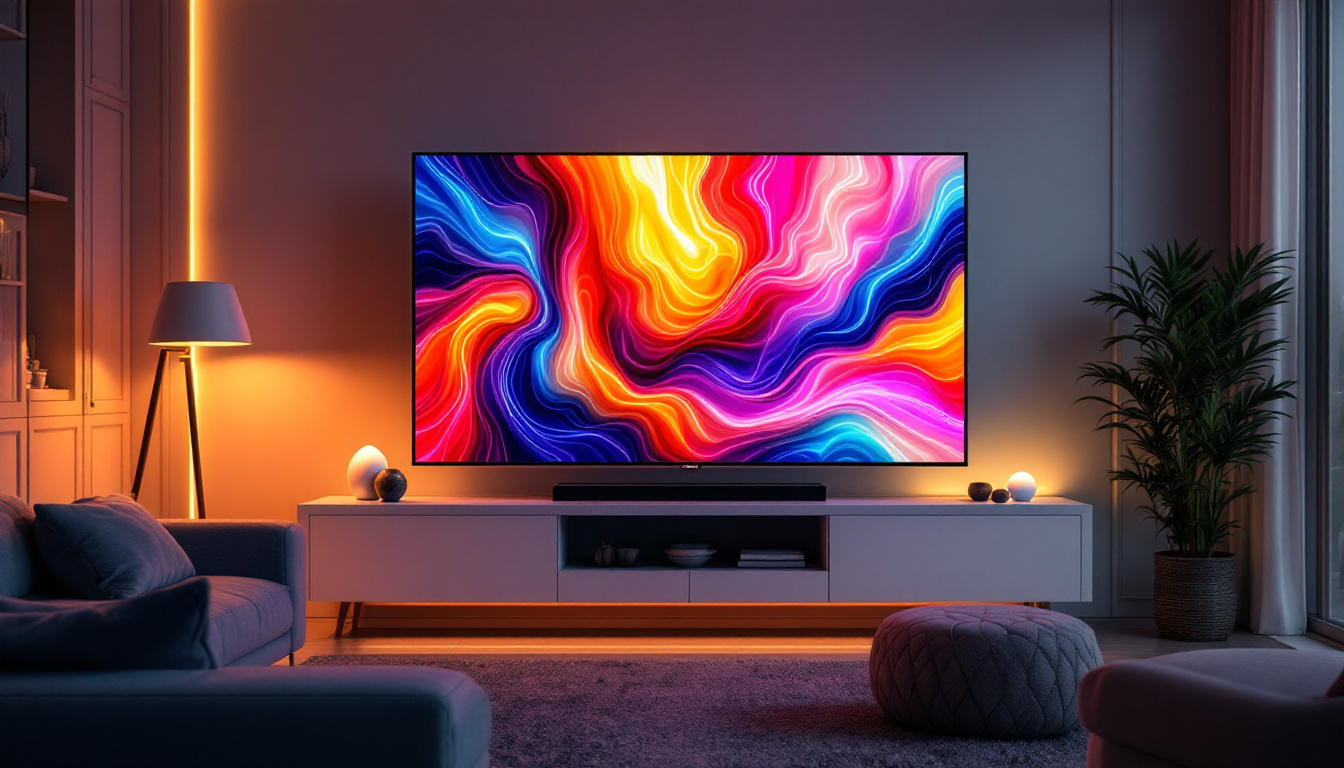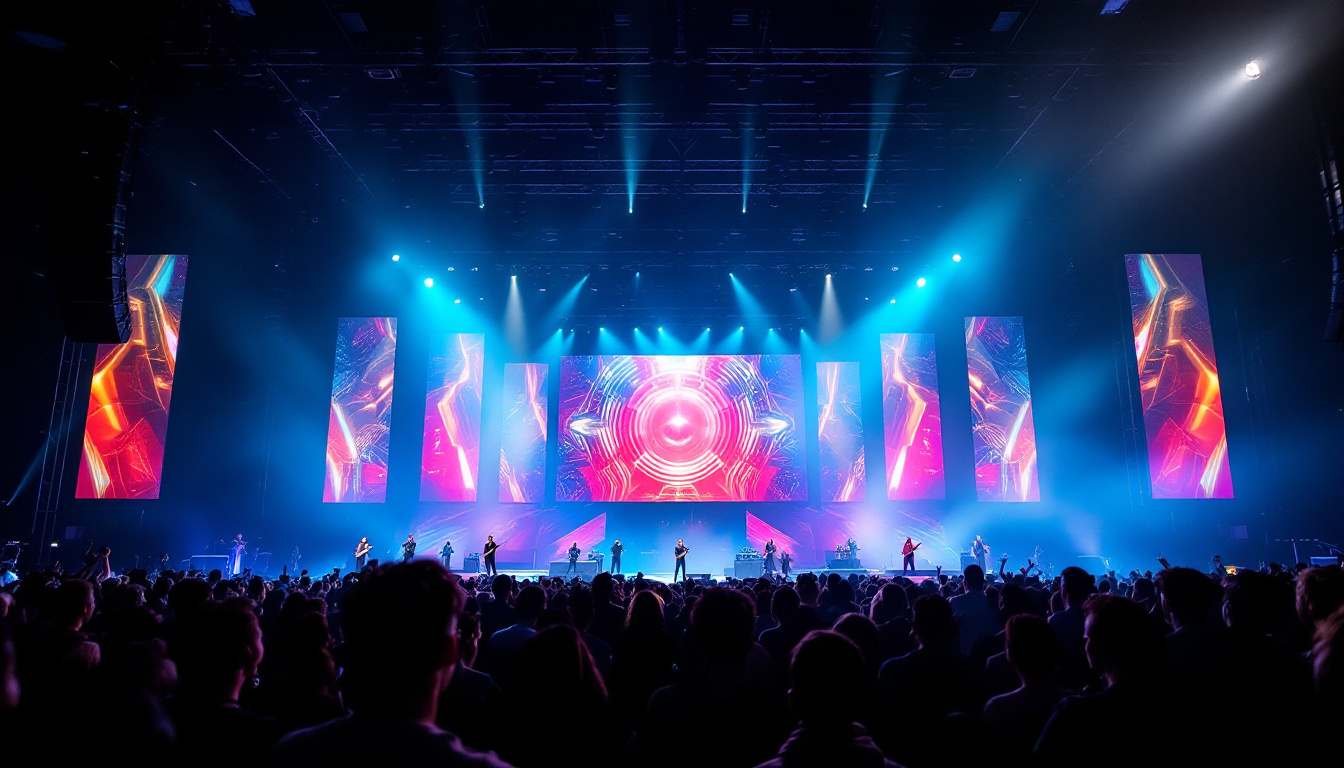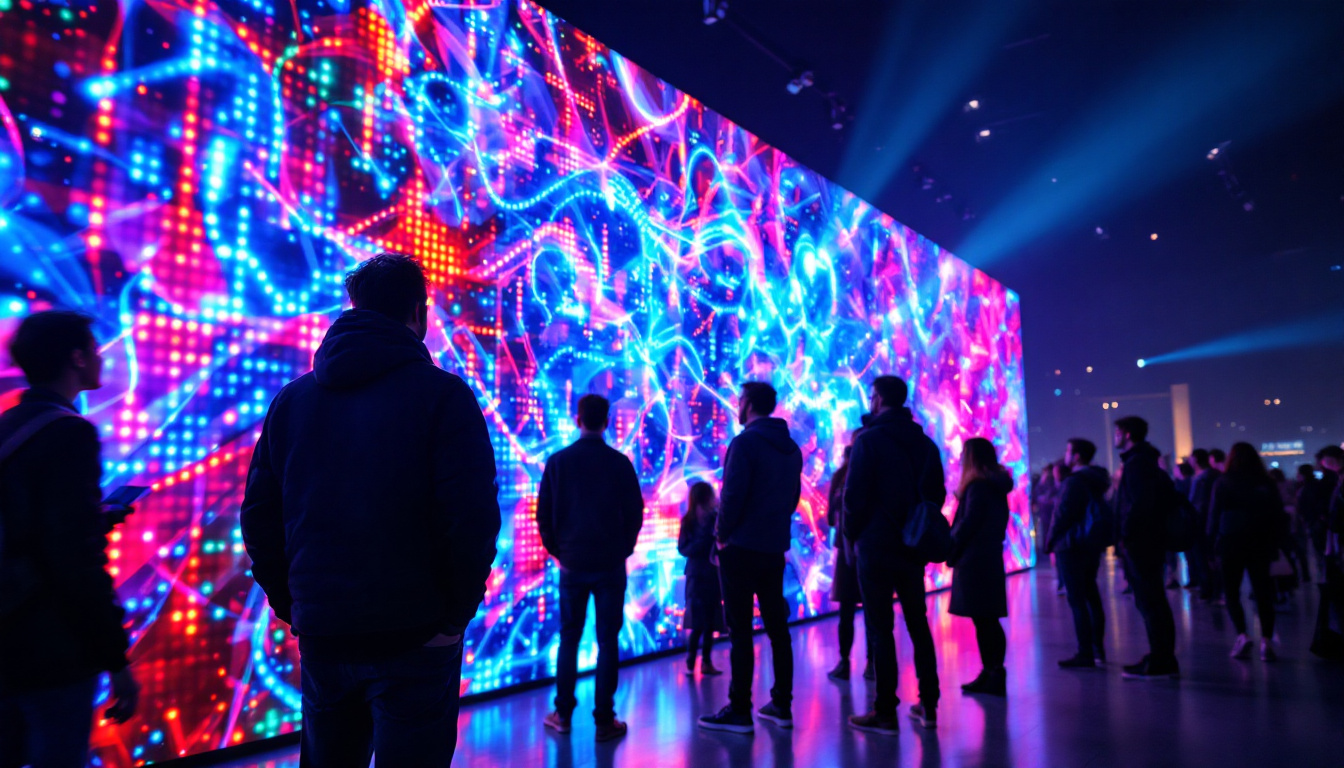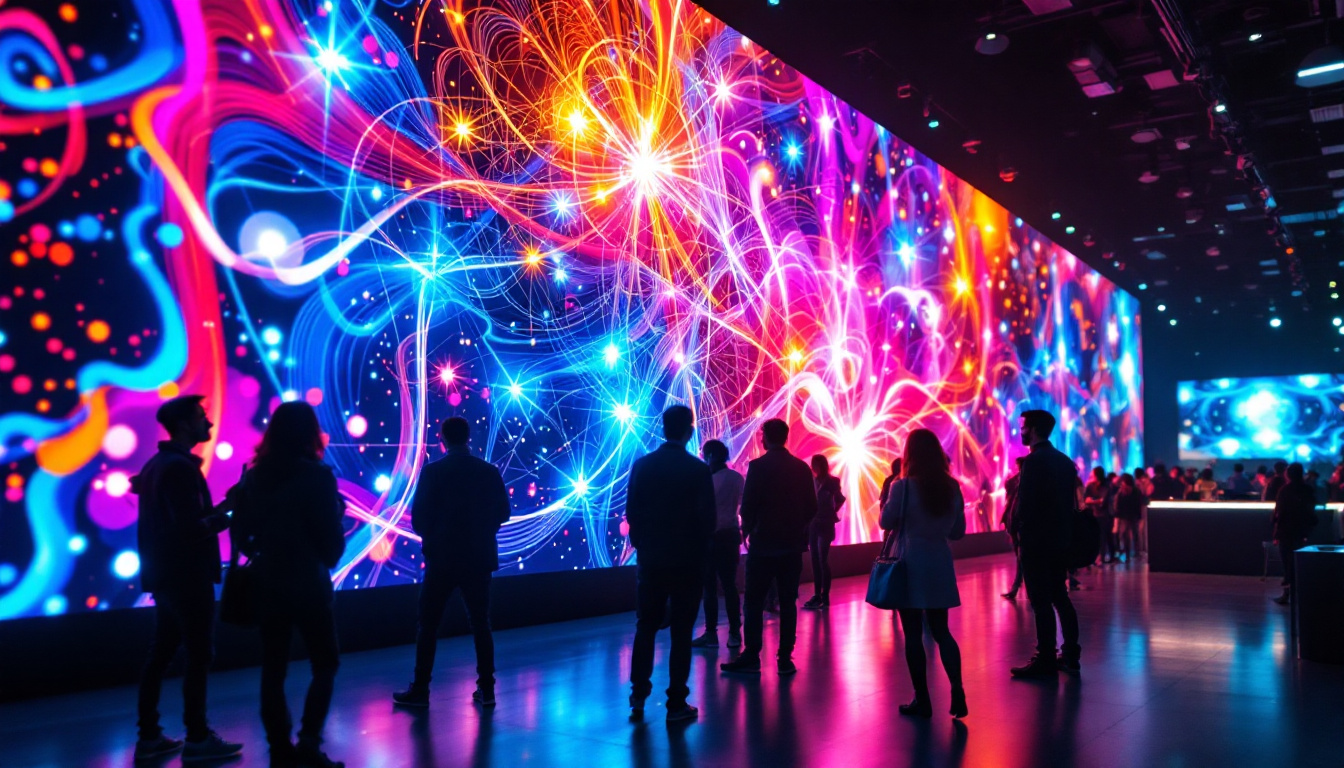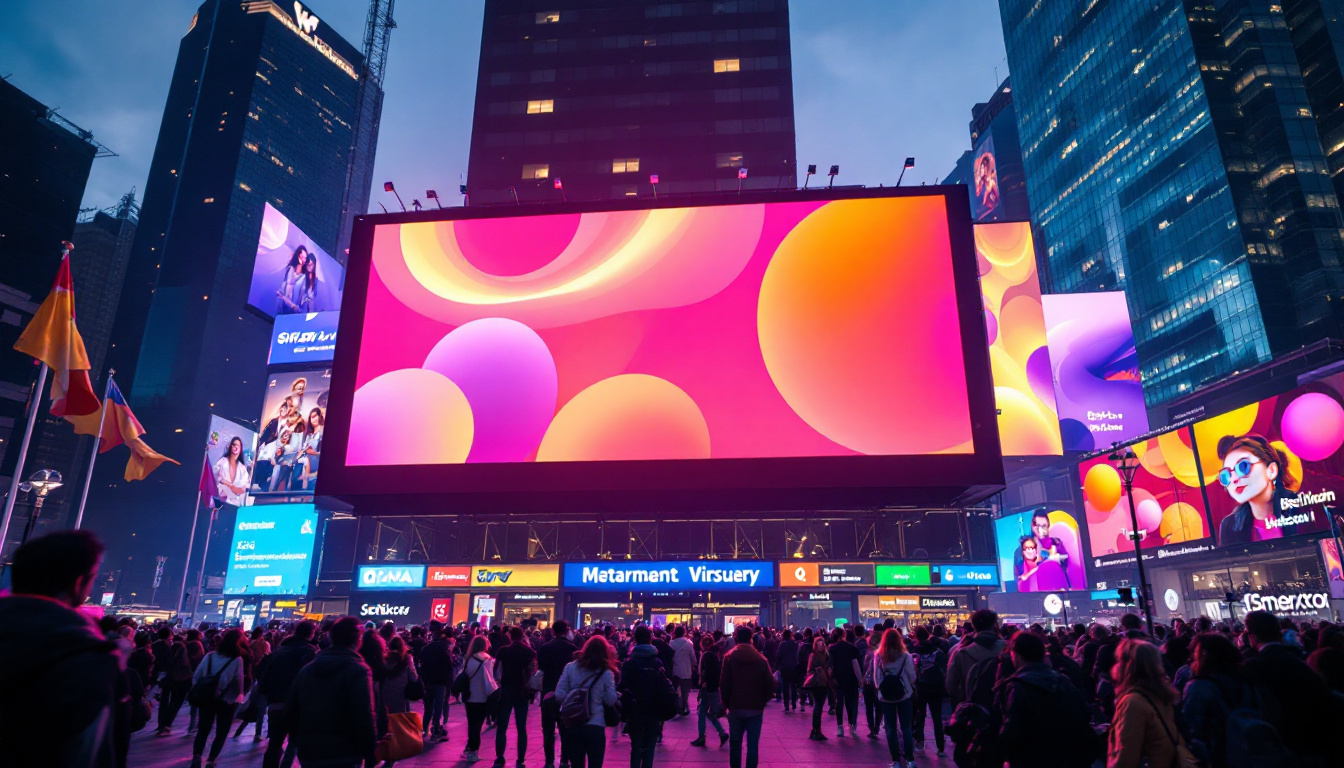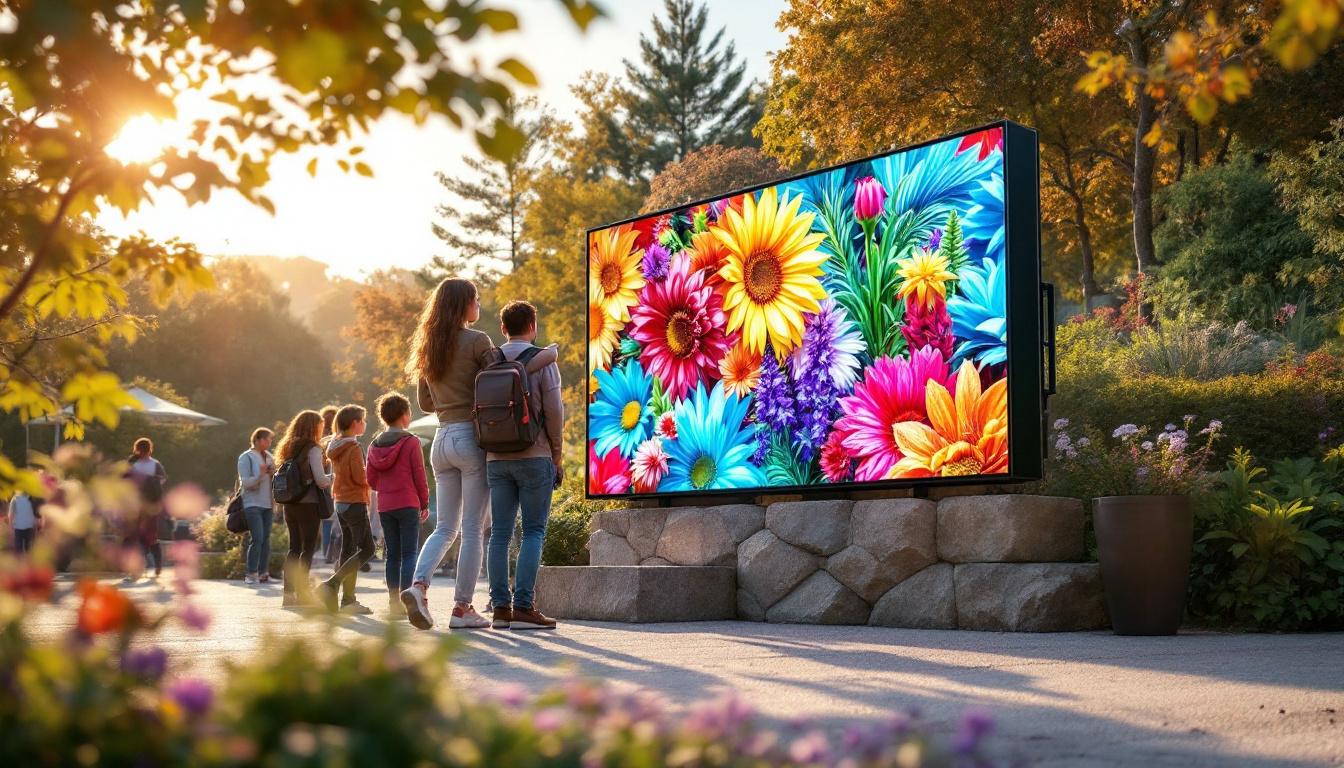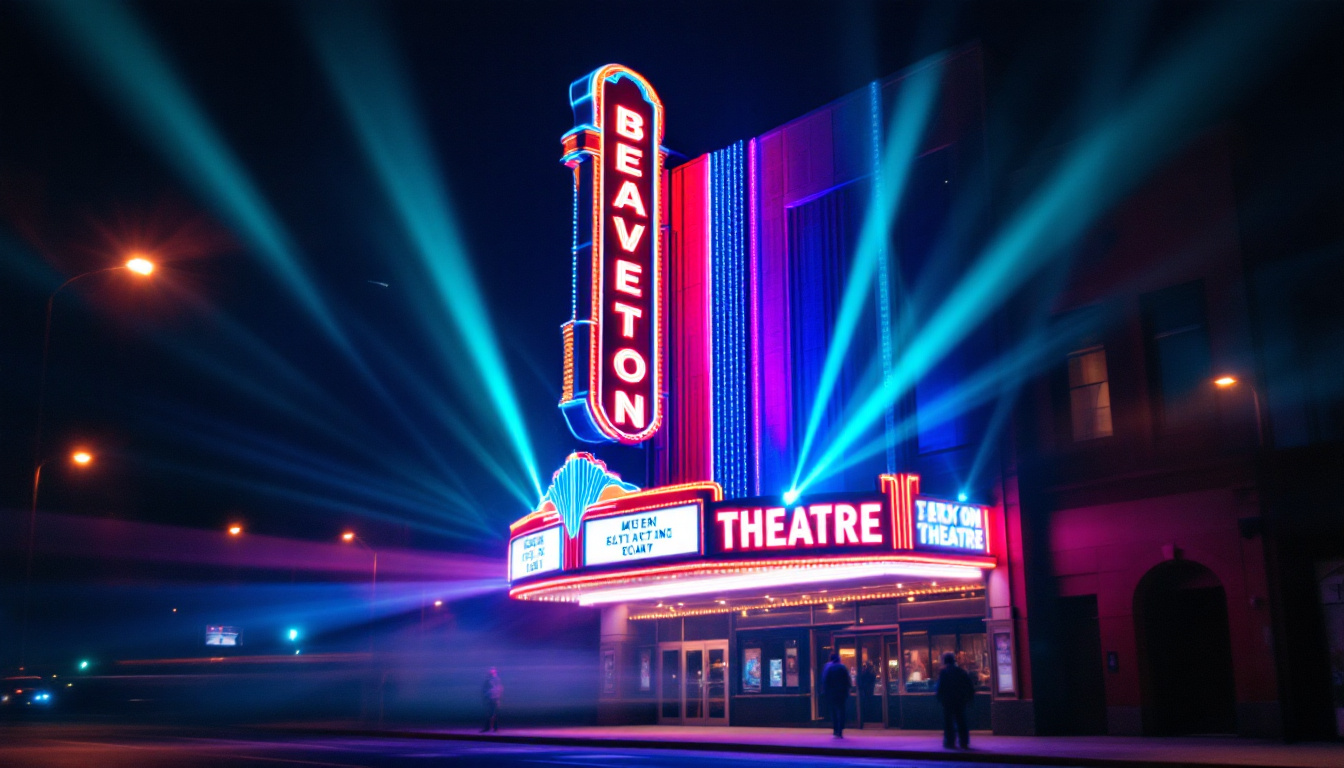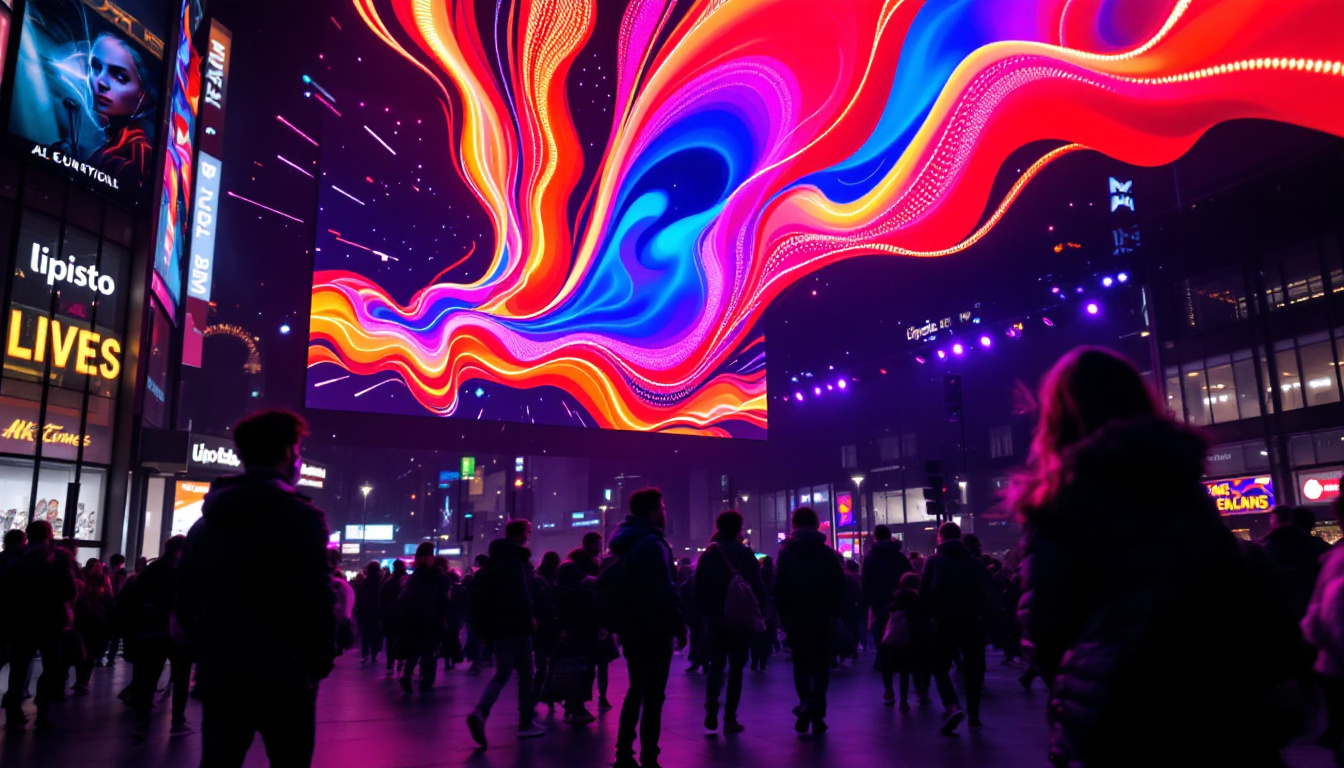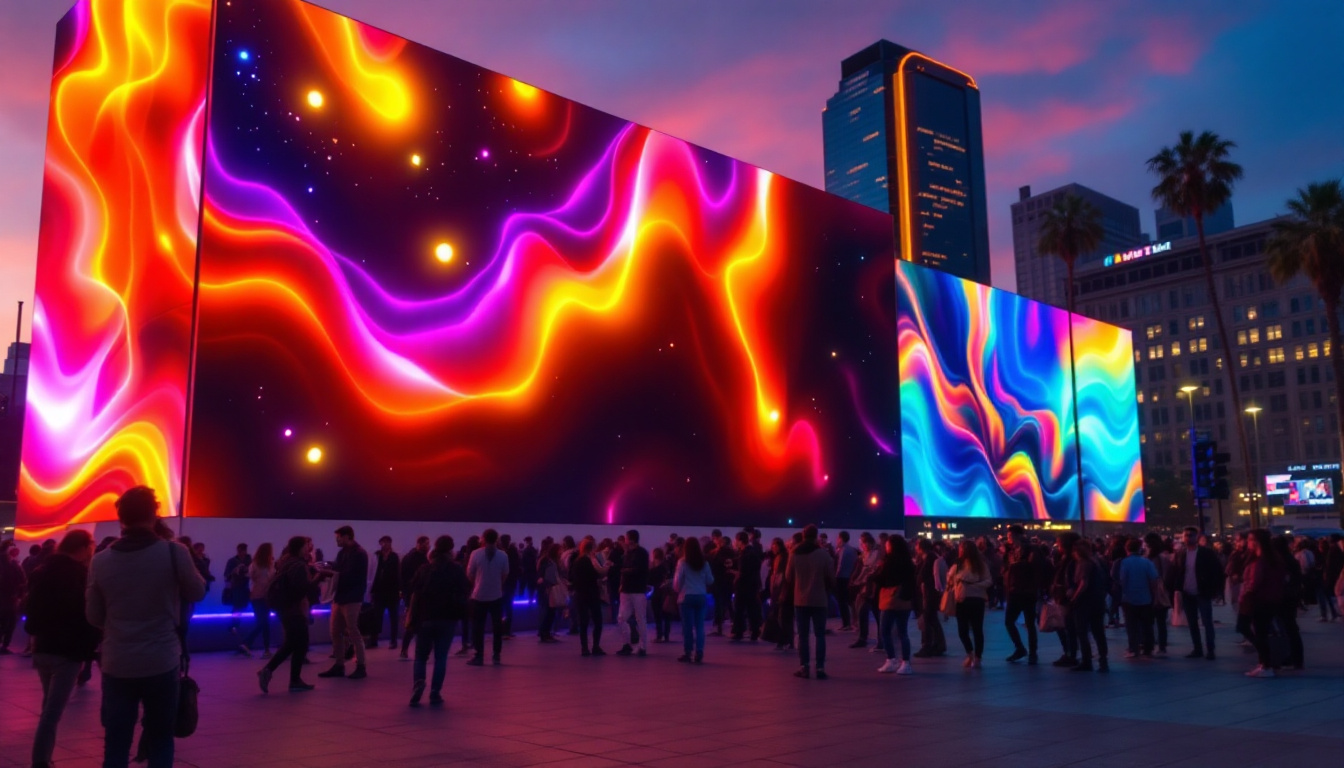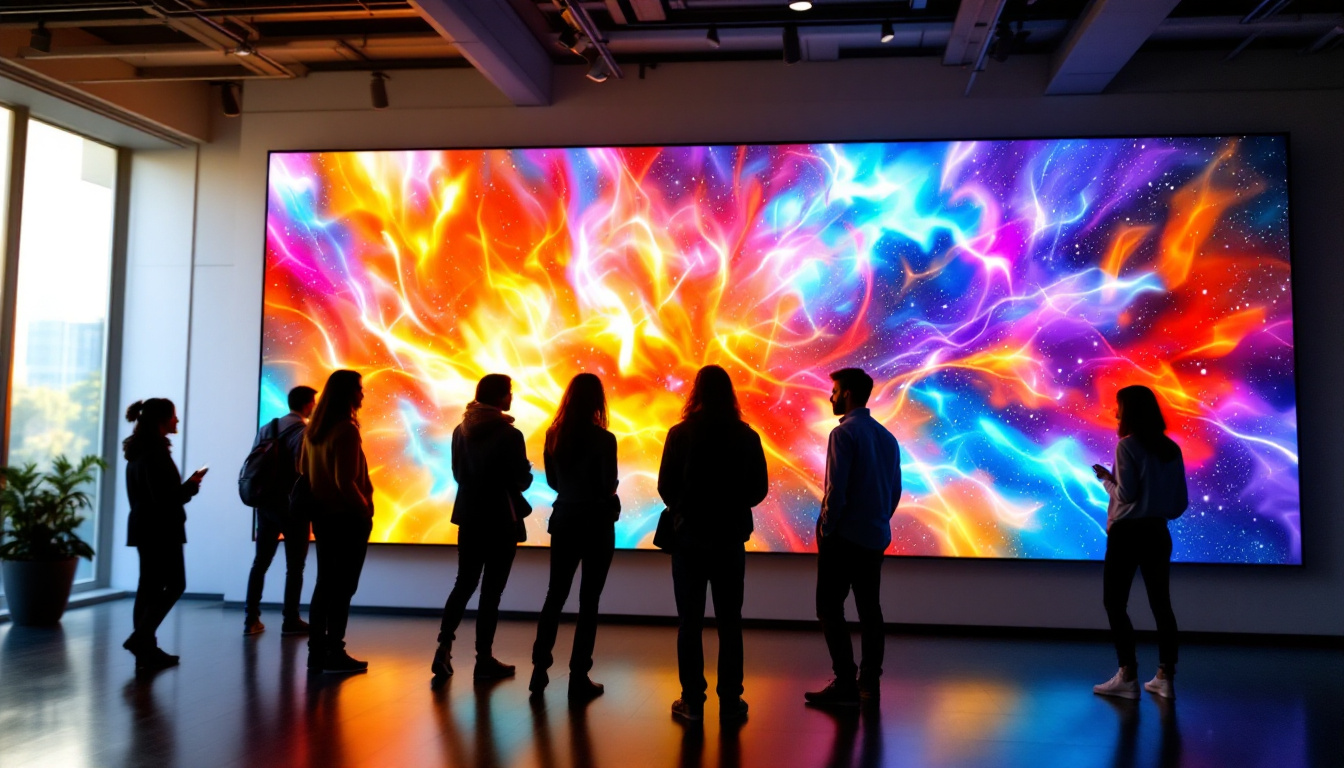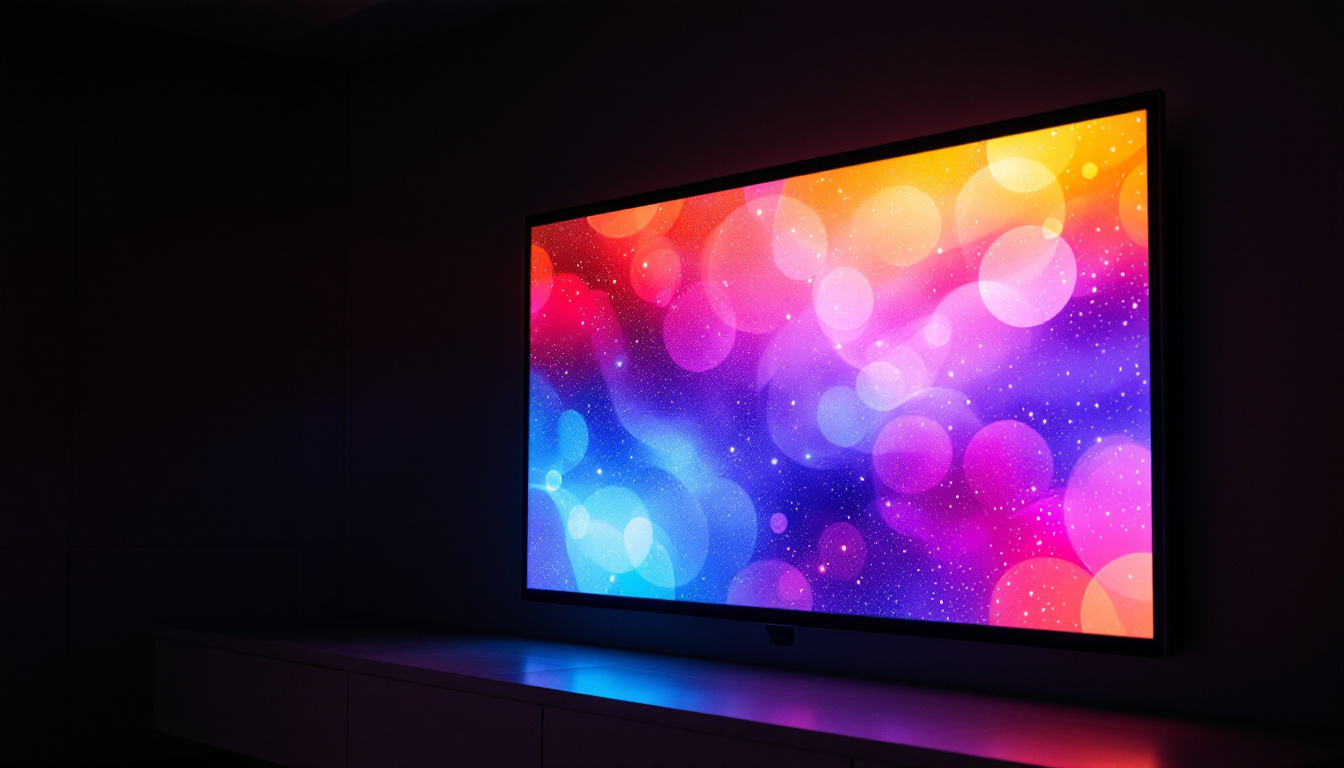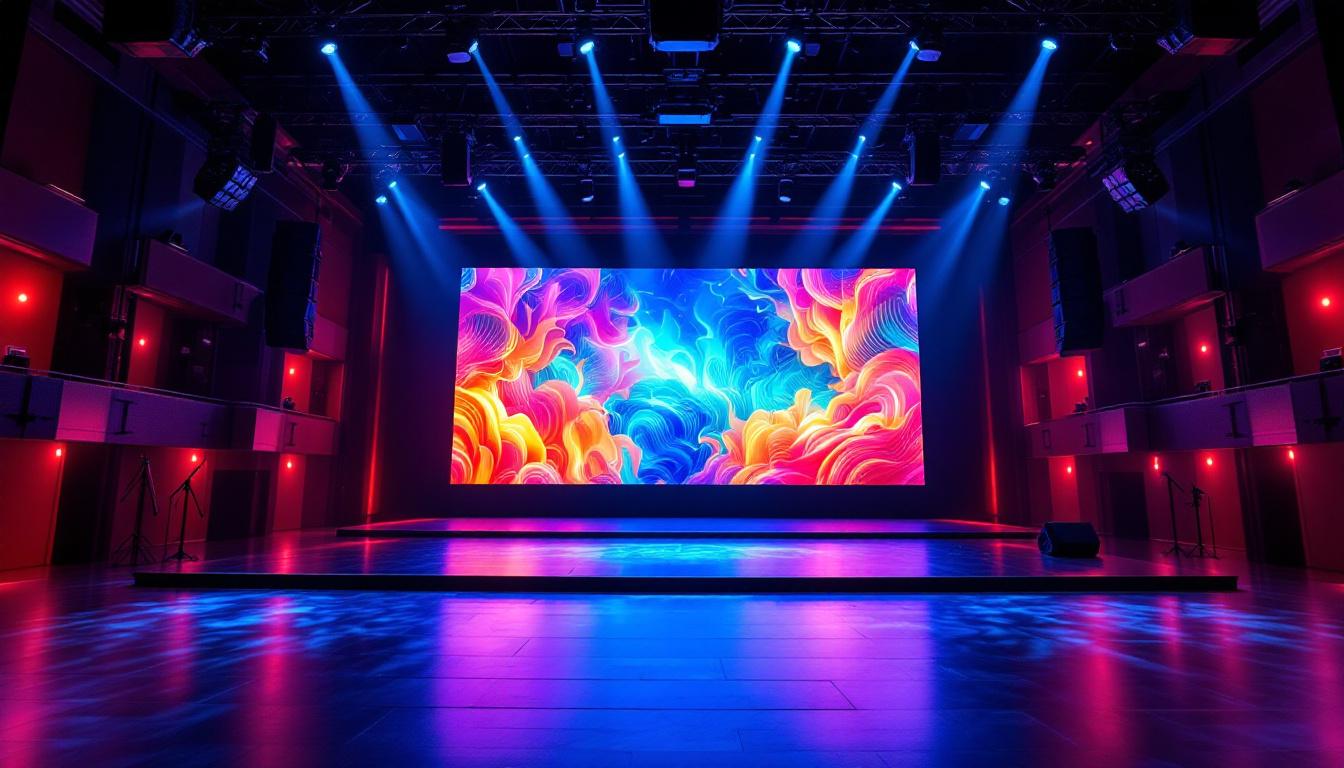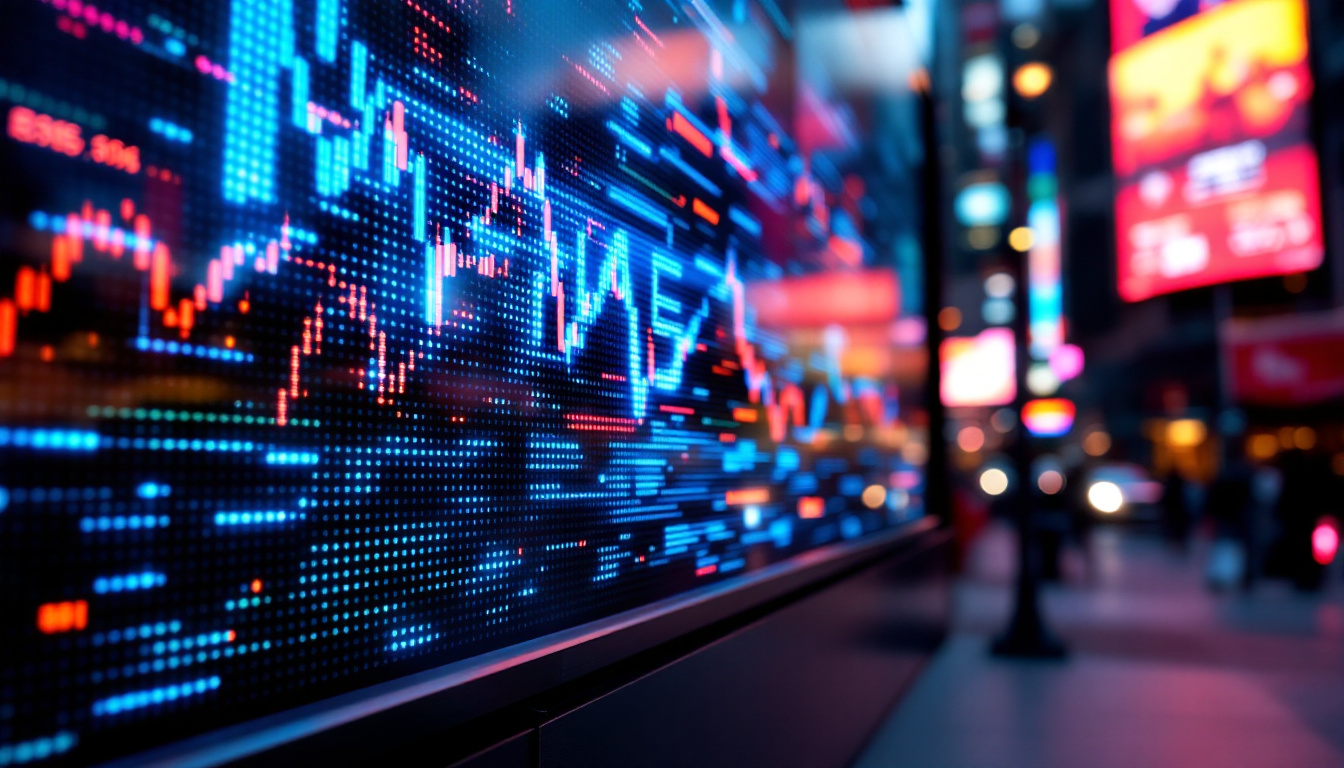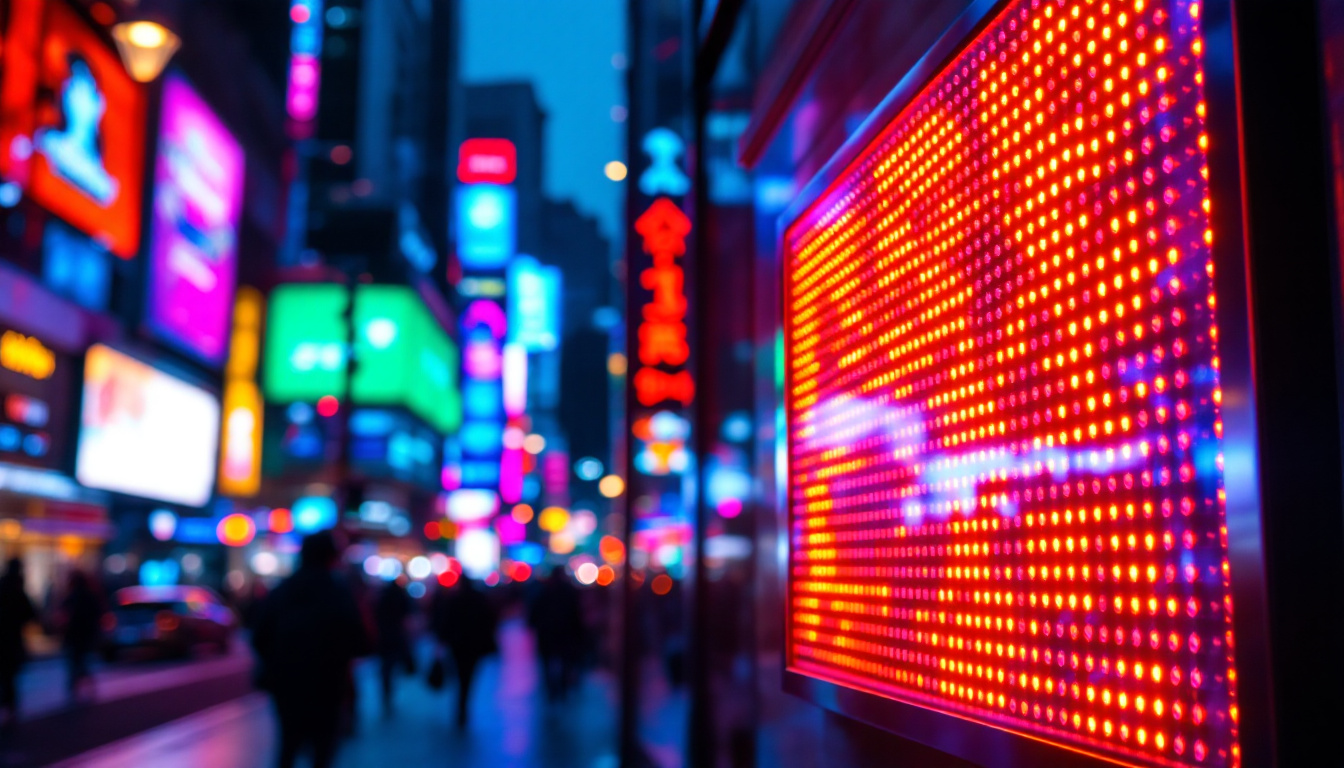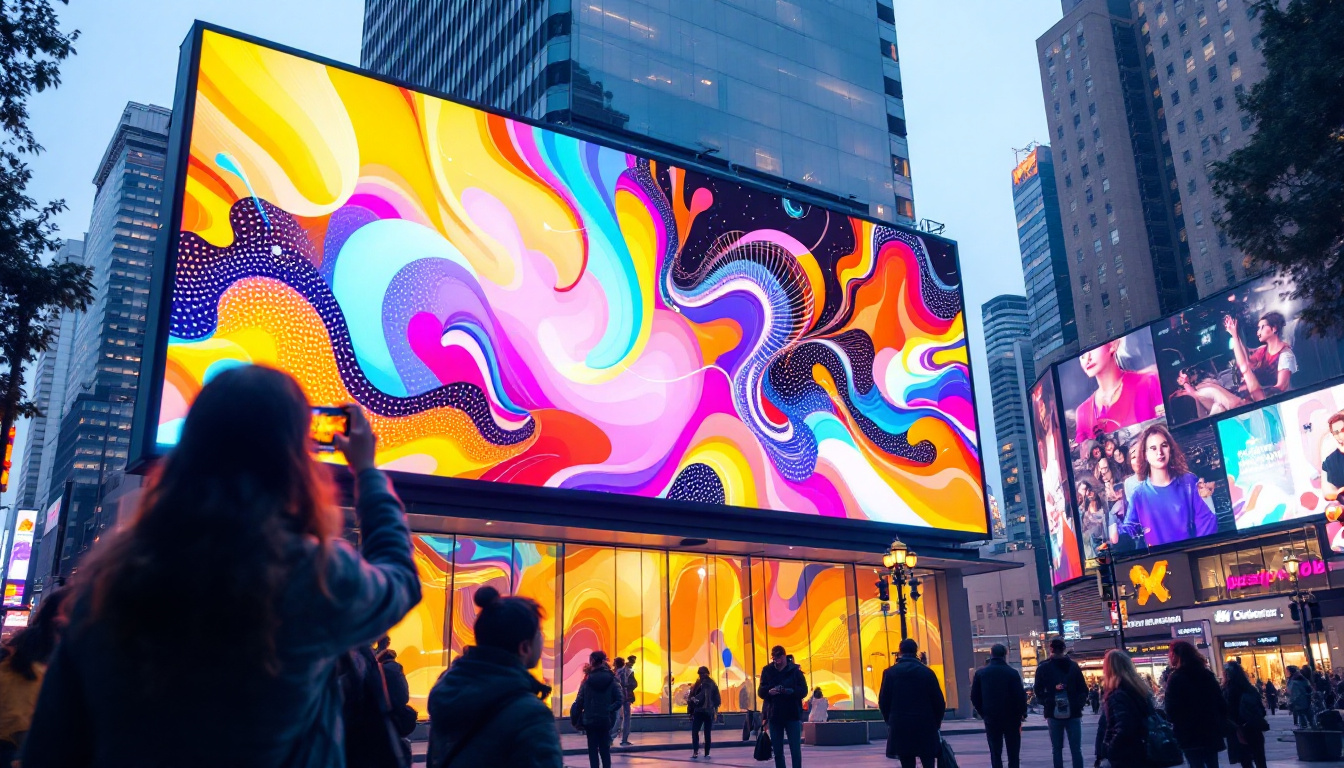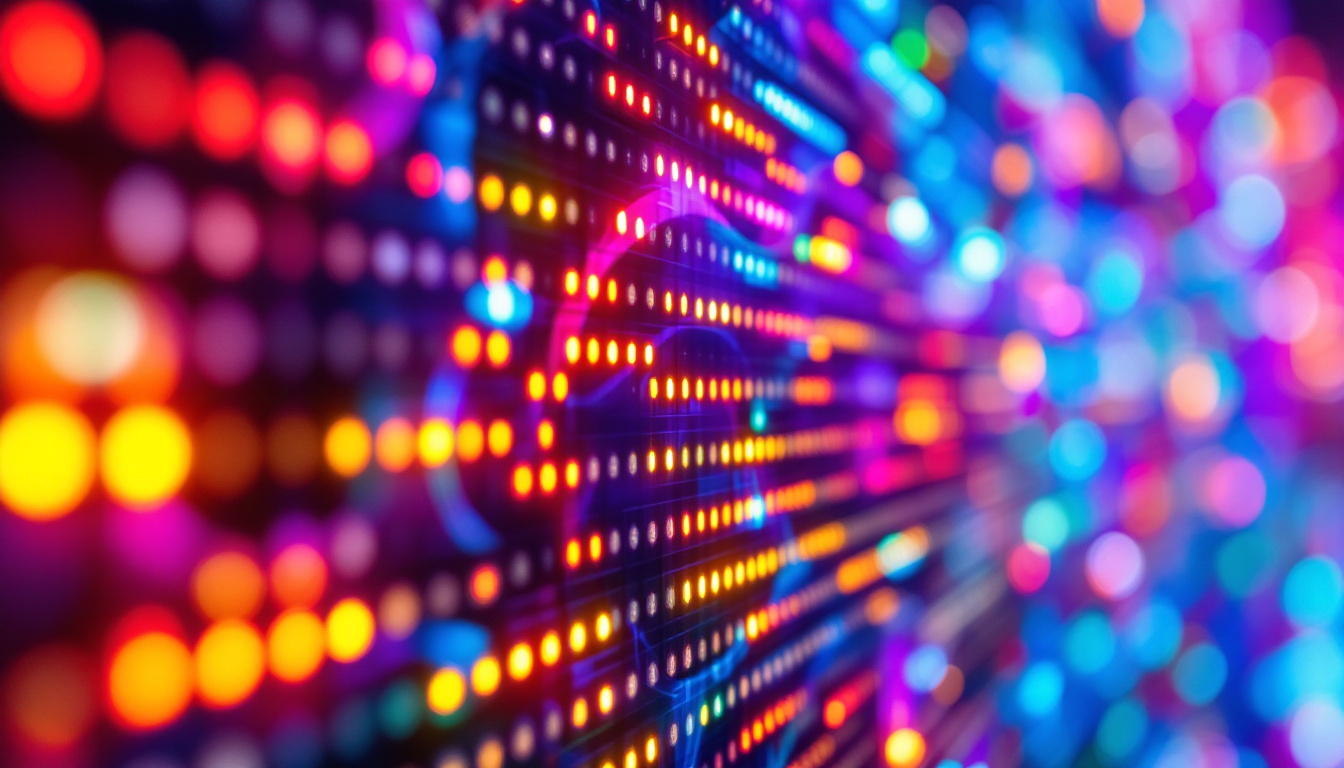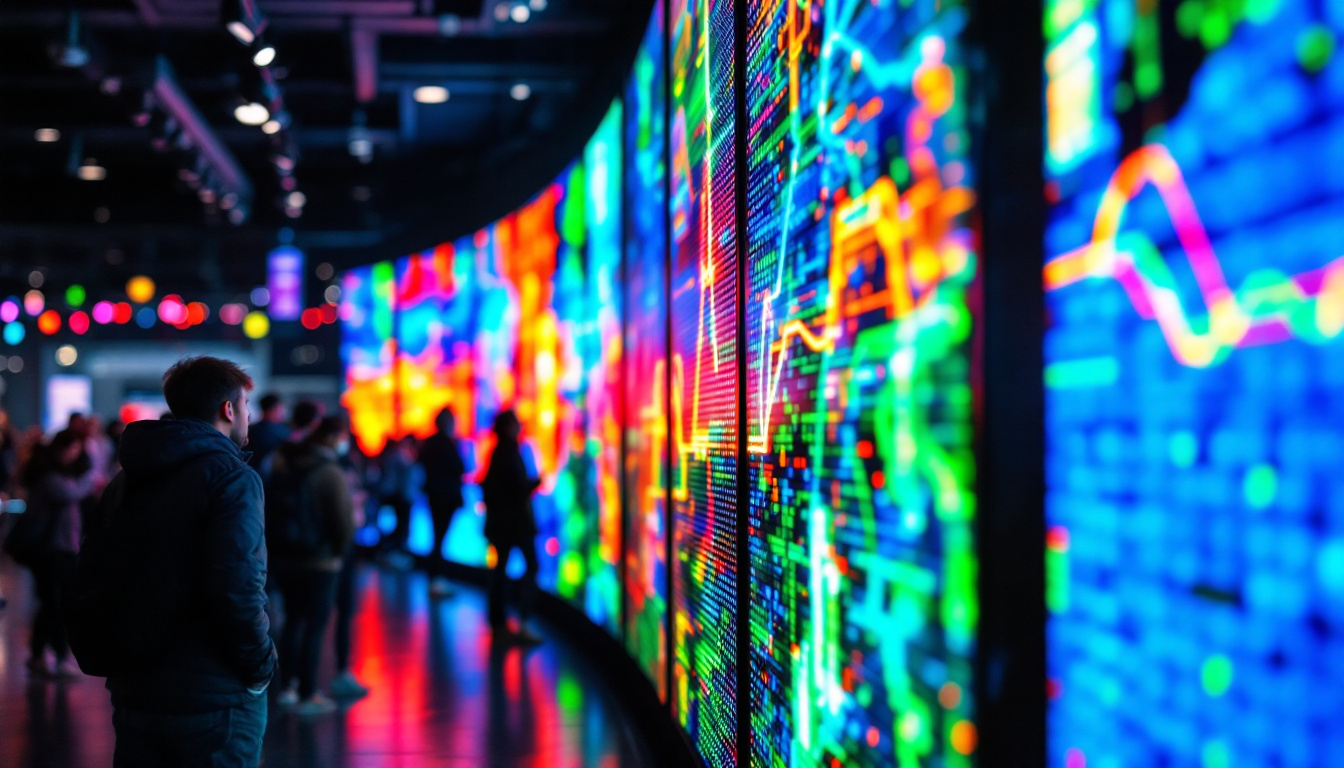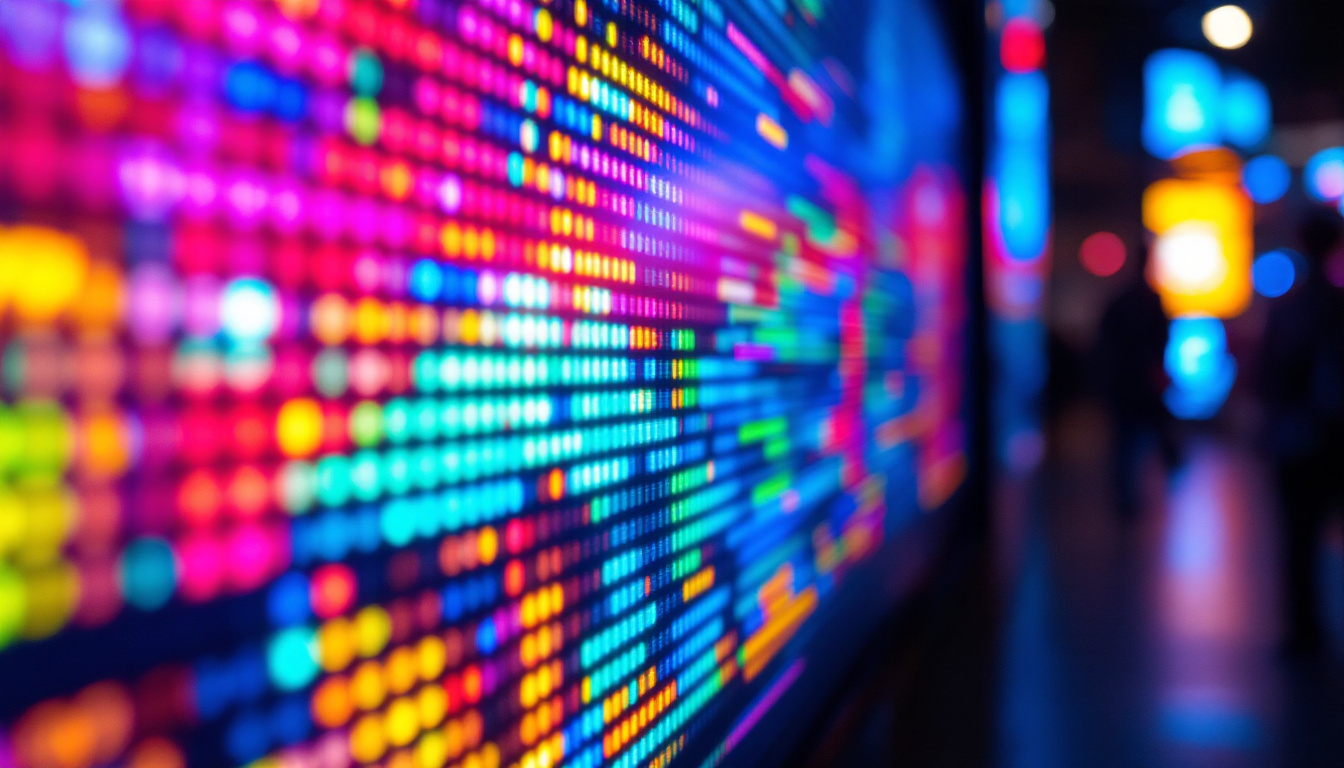In today’s digital age, the way we consume entertainment has evolved dramatically. One of the most significant advancements in this realm is the emergence of LED displays, which have transformed everything from home theaters to commercial advertising. This article delves into the intricacies of LED displays, their benefits, and how they have revolutionized the entertainment industry.
Understanding LED Technology
LED, or Light Emitting Diode, is a semiconductor device that emits light when an electric current passes through it. This technology has become the backbone of modern display systems, offering several advantages over traditional display technologies such as LCD and plasma. The fundamental principle behind LED technology is relatively simple, yet its applications are vast and varied.
How LED Displays Work
At the core of an LED display are tiny diodes that produce light. These diodes can be arranged in various configurations to create images and videos. The most common types of LED displays include:
- Direct View LED: These displays consist of individual LED modules that are directly visible to the viewer. They are often used for large-scale advertising and outdoor displays.
- LED-backlit LCD: In this setup, LEDs are used to backlight an LCD panel, enhancing brightness and color accuracy.
- Organic LED (OLED): This advanced technology utilizes organic compounds that emit light when electrified, allowing for thinner and more flexible displays.
The arrangement of these diodes, along with the use of color filters, allows for a wide range of colors and brightness levels, making LED displays suitable for various applications, from televisions to large-scale billboards. Additionally, the pixel density of LED displays can be adjusted to create ultra-high-definition images, which is particularly important in applications like digital signage and gaming, where detail and clarity are paramount.
Advantages of LED Displays
LED displays come with numerous benefits that make them a preferred choice for both consumers and businesses. Some of the key advantages include:
- Energy Efficiency: LED displays consume significantly less power than traditional display technologies, making them environmentally friendly and cost-effective in the long run.
- Brightness and Clarity: LED displays are known for their high brightness levels, ensuring clear visibility even in bright environments.
- Longevity: LED technology boasts a longer lifespan compared to other display types, reducing the need for frequent replacements.
These advantages contribute to the growing popularity of LED displays in various sectors, including entertainment, advertising, and education. Furthermore, the versatility of LED technology allows for innovative applications such as flexible displays that can be curved or shaped to fit unique spaces, and transparent displays that can blend seamlessly into their surroundings. This adaptability not only enhances aesthetic appeal but also opens up new avenues for creative advertising and immersive experiences, pushing the boundaries of how we interact with visual content.
The Role of LED Displays in Entertainment Centers
LED displays have become a staple in modern entertainment centers, enhancing the viewing experience for audiences everywhere. From home theaters to commercial cinemas, the impact of LED technology is profound.
Home Theaters
In home theaters, LED displays provide an immersive viewing experience that can rival traditional cinema. With larger screen sizes and superior picture quality, homeowners can enjoy their favorite movies and shows in stunning detail. The ability to adjust brightness and color settings further enhances the viewing experience, allowing for customization based on personal preferences.
Moreover, the integration of smart technology into LED displays enables seamless streaming from various platforms, making it easier for users to access a wide range of content. This convenience, combined with the aesthetic appeal of a sleek LED display, makes it a popular choice for home entertainment. Additionally, many LED displays now offer features such as voice control and compatibility with smart home systems, allowing users to operate their entertainment systems with ease. This level of integration not only simplifies the user experience but also elevates the overall ambiance of the home theater, transforming it into a hub of entertainment.
Commercial Cinemas
Commercial cinemas have also embraced LED technology, using it to create captivating visual experiences. Large LED screens are often used for trailers and advertisements, grabbing the attention of moviegoers as they wait for their films to start. The vibrant colors and sharp images help to set the mood and enhance the overall experience.
Furthermore, some cinemas are now experimenting with LED walls that can change dynamically, creating unique environments for different films or events. This innovation not only attracts more viewers but also allows cinemas to differentiate themselves in a competitive market. In addition to dynamic visuals, the use of LED displays can facilitate interactive experiences, such as audience participation during special screenings or events. By incorporating elements like live polls or social media feeds onto the screens, cinemas can engage their audience in real-time, making each visit a more memorable occasion. The versatility of LED technology continues to push the boundaries of what is possible in entertainment, ensuring that both home and commercial venues remain at the forefront of innovation and viewer engagement.
LED Displays in Advertising
Advertising has undergone a significant transformation with the introduction of LED displays. These screens are now a common sight in urban environments, capturing the attention of passersby with dynamic and engaging content. The vibrant colors and high-definition images presented by LED technology have revolutionized the way brands communicate their messages, allowing for a more captivating visual storytelling experience that resonates with diverse audiences.
Digital Billboards
Digital billboards are one of the most prominent applications of LED technology in advertising. Unlike traditional billboards, which display static images, digital billboards can rotate multiple advertisements throughout the day, maximizing exposure for advertisers. This flexibility allows for real-time updates and targeted messaging, making campaigns more effective. Furthermore, advertisers can tailor their content based on time of day, weather conditions, or even local events, ensuring that their messages are relevant and timely.
Moreover, the high brightness and clarity of LED displays ensure that advertisements are visible even in direct sunlight, making them an ideal choice for outdoor advertising. The ability to display animations and videos further enhances engagement, capturing the attention of potential customers. In addition, the strategic placement of these digital billboards in high-traffic areas amplifies their impact, as they can reach thousands of viewers daily, creating a significant return on investment for businesses.
Interactive Displays
Interactive LED displays are another innovative application in the advertising space. These displays allow consumers to engage with content through touch or motion sensors, creating a more immersive experience. For example, a retail store might use an interactive LED display to showcase products, allowing customers to browse through options and make selections directly on the screen. This not only enhances the shopping experience but also encourages longer dwell times, as customers are more likely to explore and interact with engaging content.
This level of interactivity not only enhances customer engagement but also provides valuable data to businesses about consumer preferences and behaviors. As technology continues to evolve, the potential for interactive LED displays in advertising is boundless. Brands can leverage this data to refine their marketing strategies, tailoring their offerings to better meet the needs and desires of their target audience. Additionally, the integration of social media feeds into these displays can create a community atmosphere, encouraging customers to share their experiences and further amplifying brand visibility in the digital space.
The Future of LED Displays
The future of LED displays looks promising, with ongoing advancements in technology paving the way for even more innovative applications. As manufacturers continue to refine LED technology, several trends are emerging that will shape the future of displays in entertainment and advertising.
MicroLED Technology
MicroLED is an emerging technology that uses microscopic LEDs to create displays. This technology promises to deliver even higher resolution and color accuracy than traditional LED displays. MicroLED screens can be made thinner and more flexible, opening up new possibilities for creative installations in both home and commercial settings.
As MicroLED technology matures, it is expected to become a game-changer in the display industry, offering unparalleled viewing experiences and design possibilities.
Integration with Augmented and Virtual Reality
Another exciting trend is the integration of LED displays with augmented reality (AR) and virtual reality (VR). As AR and VR technologies continue to advance, LED displays will play a crucial role in creating immersive environments for entertainment and gaming.
Imagine a concert where LED screens not only display visuals but also interact with AR elements, creating a multi-dimensional experience for the audience. This integration will redefine how entertainment is consumed, providing new opportunities for creators and audiences alike.
Conclusion
LED displays have undoubtedly transformed the entertainment landscape, offering unparalleled benefits in terms of brightness, energy efficiency, and versatility. From home theaters to commercial cinemas and advertising, the impact of LED technology is profound and far-reaching.
As advancements continue to emerge, the future of LED displays holds exciting possibilities. Whether it’s through the development of MicroLED technology or the integration with AR and VR, the potential for innovation is limitless. As consumers and businesses alike embrace these advancements, the entertainment experience will continue to evolve, providing richer and more engaging content for all.
In summary, LED displays are not just a technological advancement; they represent a shift in how entertainment is experienced and consumed. As the industry progresses, staying informed about these developments will be essential for anyone looking to enhance their entertainment experience or advertising strategies.
Explore Cutting-Edge LED Solutions with LumenMatrix
Ready to elevate your entertainment or advertising space with the latest in LED display technology? Look no further than LumenMatrix, a pioneer in crafting immersive visual experiences. From the comfort of your home theater to the bustling streets with outdoor advertising, our extensive range of LED solutions, including Indoor and Outdoor LED Wall Displays, Vehicle LED Displays, and innovative Transparent Displays, are designed to captivate and engage. Discover how LumenMatrix can transform your visual communication and bring your content to life. Check out LumenMatrix LED Display Solutions today and step into the future of digital storytelling.

